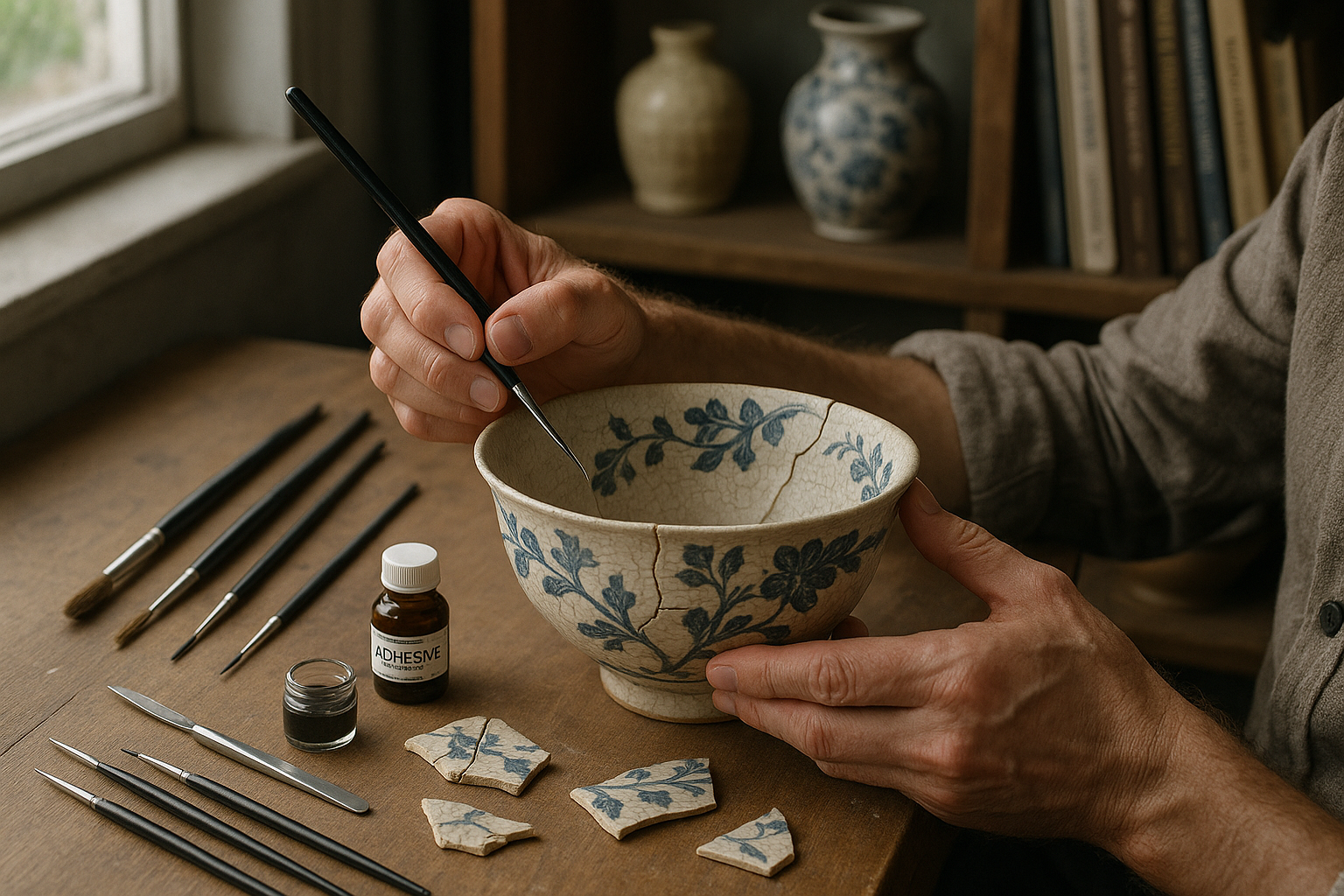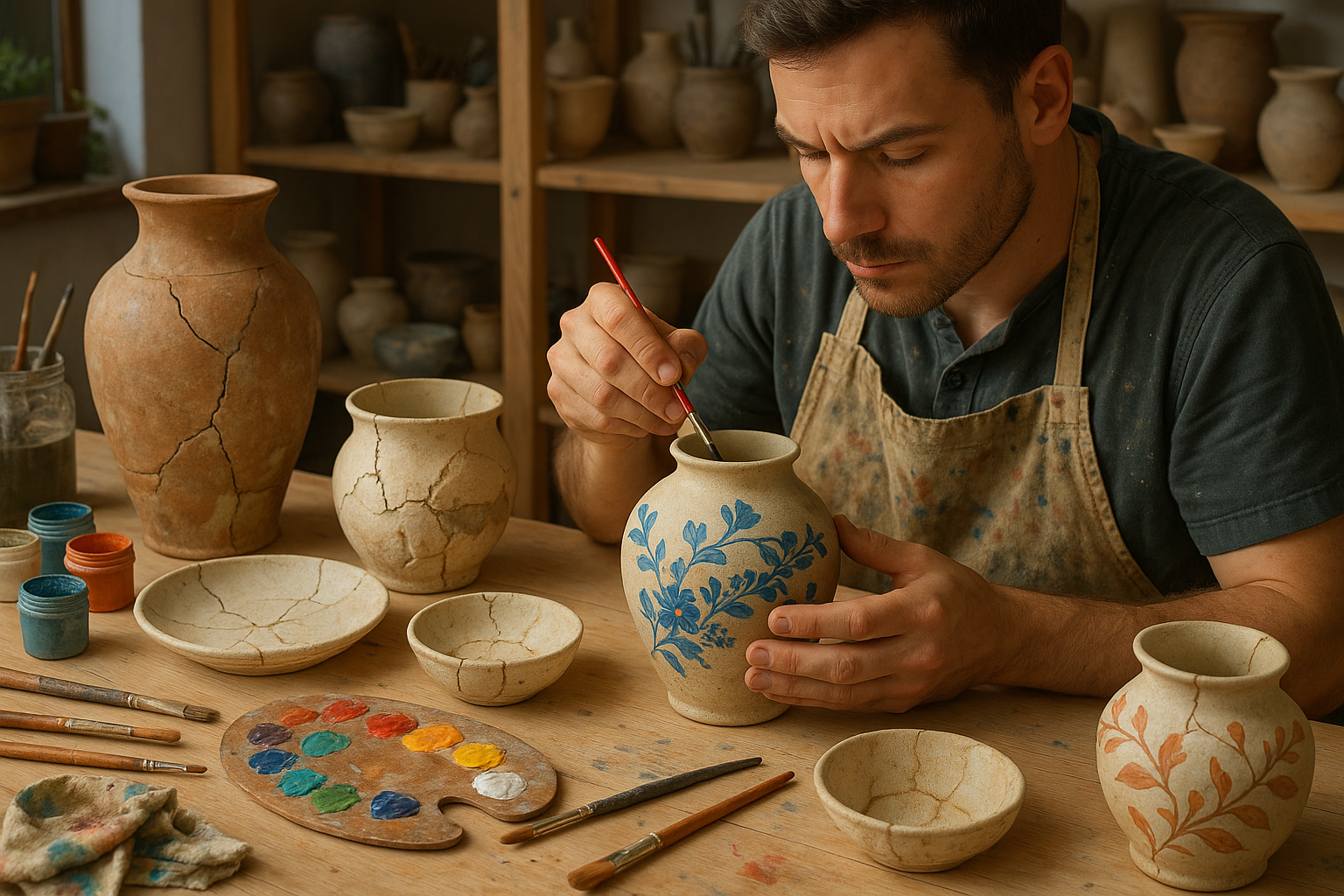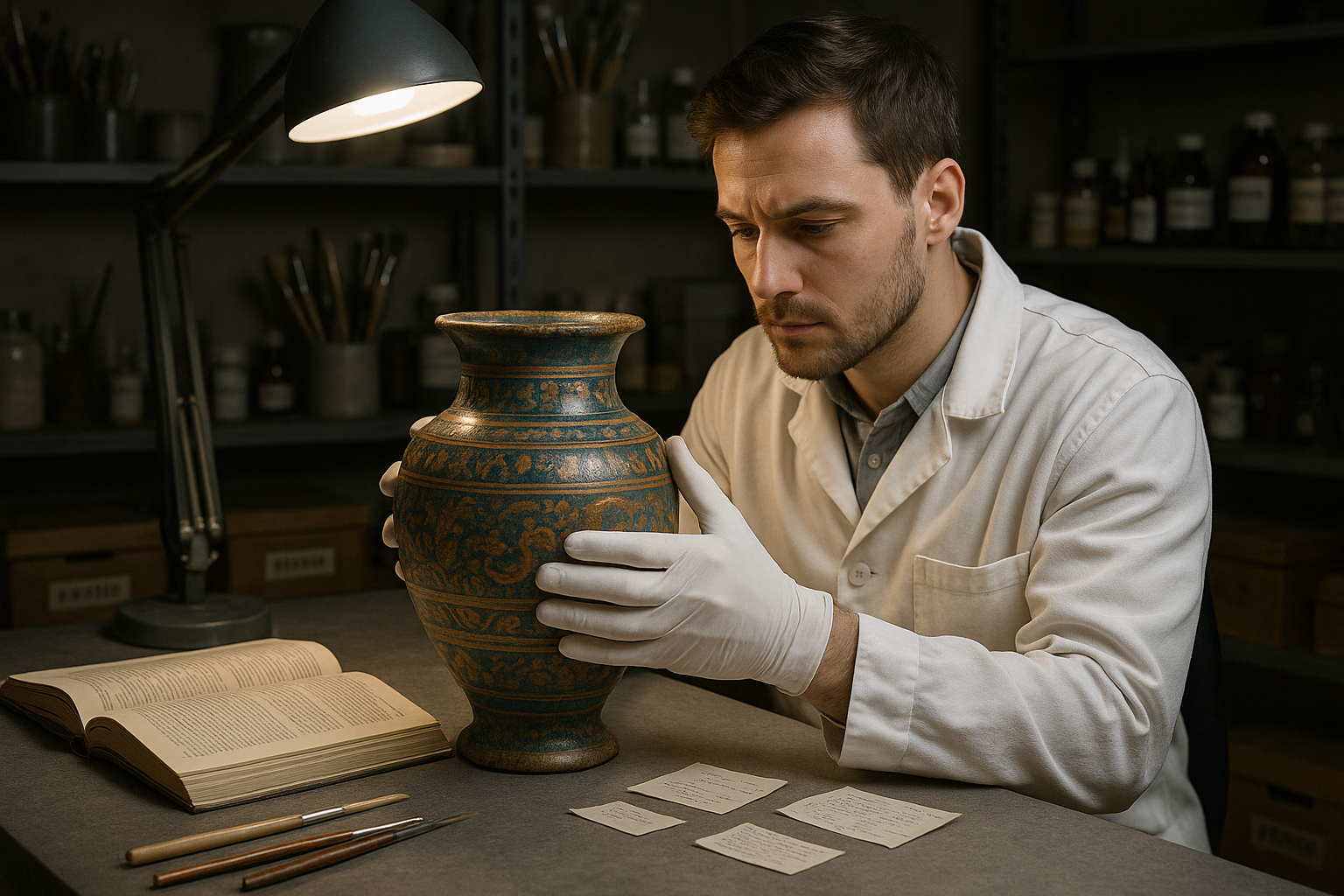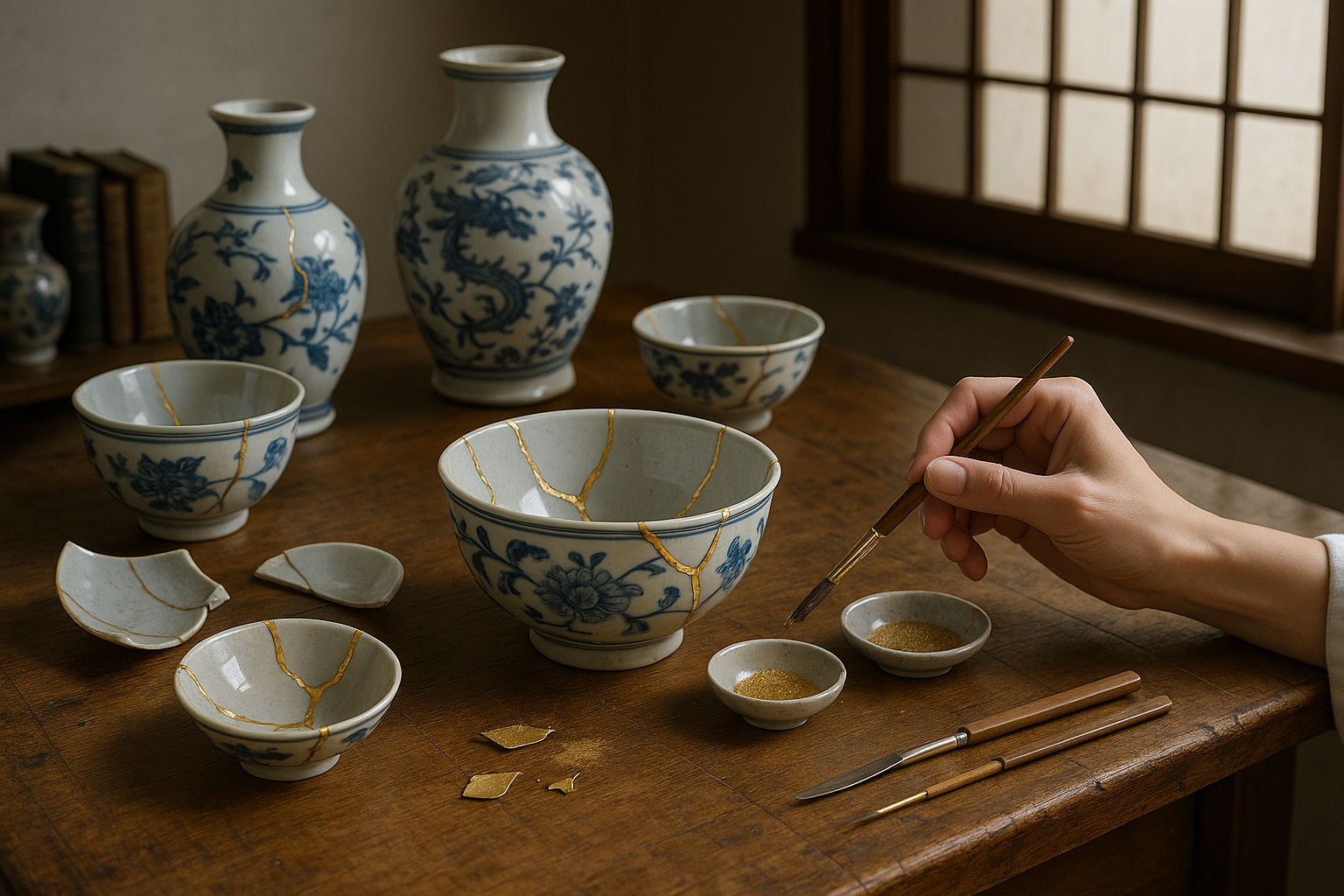In the ever-evolving world of fashion, where trends come and go as swiftly as a fleeting breeze, there lies a timeless art that remains steadfast—tear reweaving. Imagine having the power to restore your beloved garments, breathing new life into them, and transforming them back into closet favorites. 🌟 Welcome to the captivating realm of tear reweaving, where every stitch tells a story, and every mend is a testament to sustainable fashion and personal style.
We all have that cherished piece of clothing tucked away in the depths of our wardrobe—a favorite sweater that kept you warm during winter nights, or those perfectly fitting jeans that have been through countless adventures. Yet, over time, these beloved items often fall victim to wear and tear, their once-pristine condition marred by unsightly rips or holes. The good news? You don’t have to say goodbye just yet. By mastering the art of tear reweaving, you can restore these pieces to their former glory, making them as good as new.
But what exactly is tear reweaving? And why should you consider incorporating it into your wardrobe maintenance routine? Tear reweaving is a meticulous process of repairing damaged fabric by hand, weaving new threads into the existing material to seamlessly mend the tear. This isn’t just a patchwork solution; it’s a delicate art form that requires skill and patience. The result is a near-invisible repair that not only restores the functionality of your garment but also preserves its aesthetic appeal.
As we delve deeper into this fascinating subject, we’ll explore several key topics that will equip you with the knowledge and techniques needed to revitalize your wardrobe. First, we’ll look into the history of reweaving, understanding its origins and how it has evolved over the years. You’ll gain insight into the traditional methods that have stood the test of time, as well as modern adaptations that have made this craft more accessible to fashion enthusiasts around the world.
Next, we’ll guide you through the essential tools and materials required for successful tear reweaving. From choosing the right needles and threads to understanding different fabric types, you’ll learn how to prepare your workspace and select the appropriate resources for each project. These foundational skills will set the stage for more advanced techniques.
Once you’re equipped with the basics, we’ll dive into the step-by-step process of reweaving. Here, you’ll discover how to assess the damage, plan your repair strategy, and execute the reweaving technique with precision. Our comprehensive guide will cover everything from repairing small holes to tackling more extensive tears, ensuring you feel confident in your ability to handle any garment mishap that comes your way.
But tear reweaving is not just about technique; it’s also about creativity and personal expression. We’ll showcase inspiring examples of how individuals have transformed their clothing through innovative reweaving projects. From artistic embellishments to subtle reinforcements, you’ll see how this skill can be used not only for repairs but also to add unique touches to your wardrobe.
In addition to practical skills, we’ll discuss the broader impact of embracing tear reweaving as part of a sustainable fashion movement. In a world increasingly aware of environmental challenges, making the choice to repair rather than replace is a powerful statement. By extending the life of your clothing, you’re not only reducing waste but also contributing to a more sustainable future. 🌍
Finally, we’ll address common challenges and troubleshooting tips to help you overcome any obstacles you may encounter along the way. Whether it’s dealing with complex fabrics or ensuring color matches, our expert advice will guide you through the intricacies of the process.
By the end of this journey, you’ll not only have the skills to breathe new life into your favorite pieces but also a deeper appreciation for the craftsmanship and care that goes into every reweaved garment. So, grab your needle and thread, and let’s embark on this rewarding adventure of tear reweaving, where every stitch is an opportunity to create something beautiful and enduring. 🧵✨
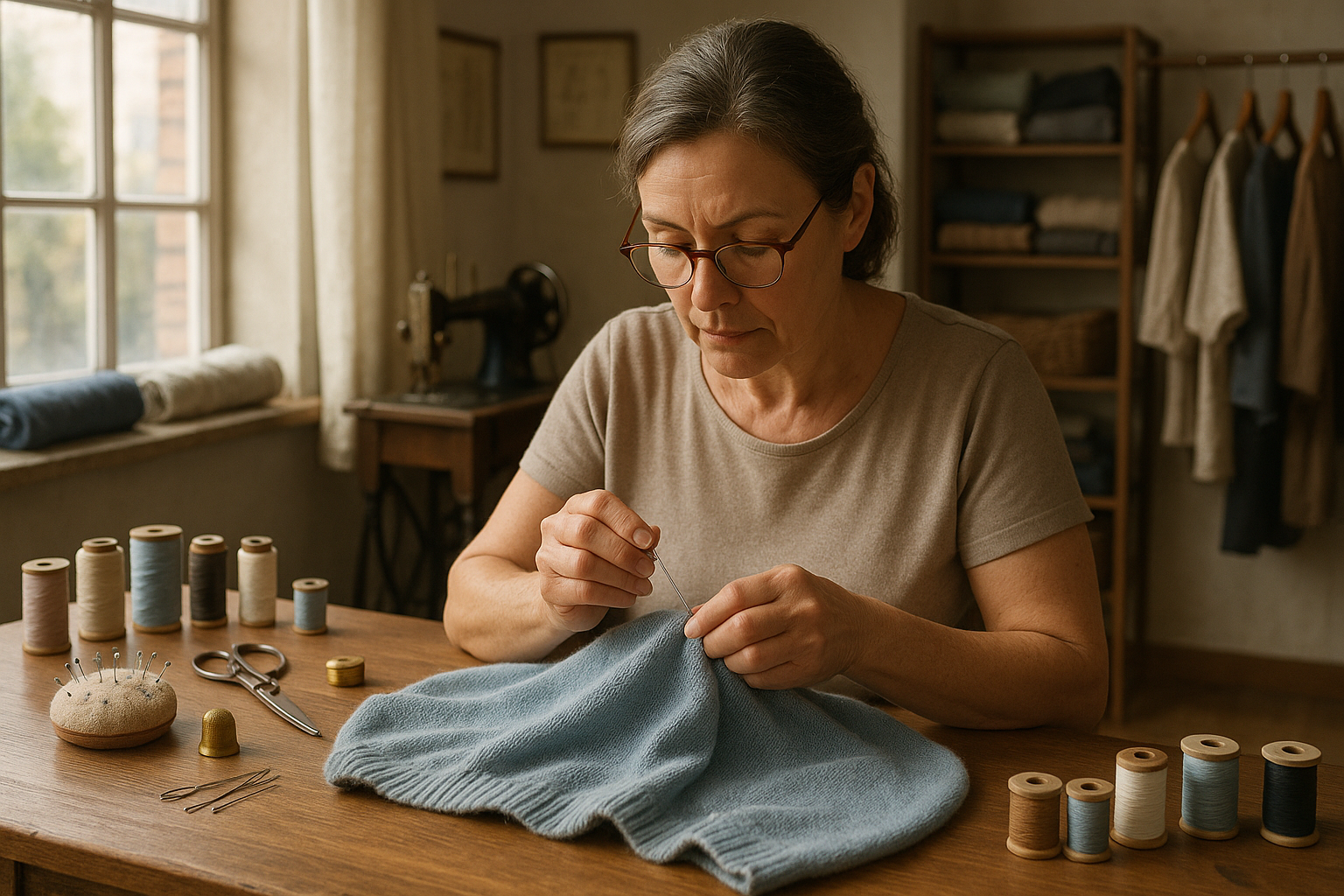
Conclusion: Revitalizing Your Wardrobe Through Tear Reweaving
In conclusion, mastering the art of tear reweaving can be a transformative skill for anyone looking to extend the life of their beloved garments. Throughout this article, we delved into various professional techniques to mend tears and restore clothing to its former glory. From understanding different types of fabrics and tears to employing meticulous stitching methods, each step plays a crucial role in ensuring a seamless repair.
We began by exploring the history and evolution of reweaving, highlighting its significance in sustainable fashion. This technique not only promotes environmental responsibility by reducing waste but also preserves the sentimental value attached to your favorite pieces. By investing time in learning these skills, you contribute to a more sustainable future 🌍 and embrace a mindful approach to fashion.
Additionally, we discussed essential tools and materials needed for effective reweaving. Whether you’re a beginner or an experienced tailor, having the right equipment can significantly impact the outcome of your repairs. We emphasized the importance of patience and precision, encouraging readers to practice regularly to hone their skills.
The process of reweaving requires attention to detail, but the results are immensely rewarding. The ability to restore your wardrobe not only saves money but also offers a creative outlet to express your personal style. By breathing new life into old garments, you cultivate a unique and personalized collection that reflects your individuality.
We encourage you to apply the techniques learned here and share your experiences with others. Engage with a community of like-minded individuals who are passionate about sustainable fashion. Discussing your challenges and successes can foster a sense of camaraderie and inspire others to embark on their reweaving journey.
Feel free to leave a comment below with your thoughts or questions. We would love to hear about your experiences and any tips you might have for fellow readers. If you found this article helpful, please share it with your friends and family. Together, we can create a ripple effect of positive change in the fashion industry 👗✨.
For further reading and resources, check out these active links:
The Spruce Crafts: Clothing Repair Techniques,
Seamwork: The Art of Mending.
Remember, every stitch counts. Happy reweaving! 🧵✂️
Make sure to verify the links provided to ensure they are still active and relevant to your article’s content.
Toni Santos is a restoration artist and historical design specialist devoted to reviving the beauty and soul of the past. Through meticulous craftsmanship and a deep respect for heritage, Toni brings antiques back to life—preserving not just objects, but the stories they carry through time. With hands trained in traditional restoration techniques and an eye for age-worn elegance, Toni restores furniture, artworks, artifacts, and heirlooms with precision and reverence. His work reflects a belief that restoration is not correction—it’s conversation between the old and the present. Blending artistry, conservation ethics, and historical research, Toni approaches every piece as a narrative in wood, metal, leather, or fabric—each with scars that speak of eras gone by. Whether repairing a hand-carved chair or reviving a forgotten painting’s vibrance, he respects the integrity of original craftsmanship while honoring its continued life. As the creative force behind Vizovex, Toni shares before-and-after showcases, restoration walkthroughs, and visual essays exploring the techniques and philosophies behind authentic antique revival. His platform celebrates: The timeless value of handcrafted work The quiet artistry of repair and preservation The cultural memory embedded in material objects The delicate balance between age and renewal For collectors, curators, artisans, and lovers of legacy, Toni’s world is an invitation to see restoration not as fixing what’s broken—but as restoring what still lives beneath the dust of time.

